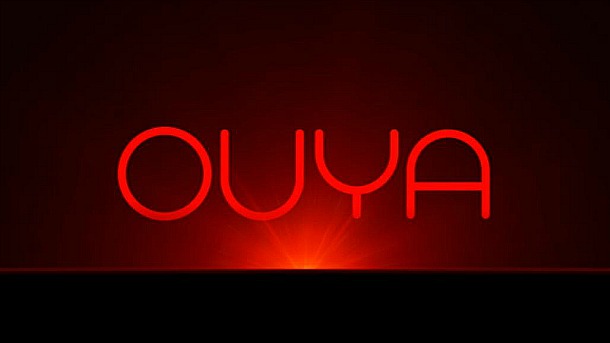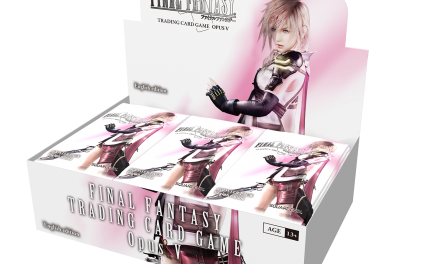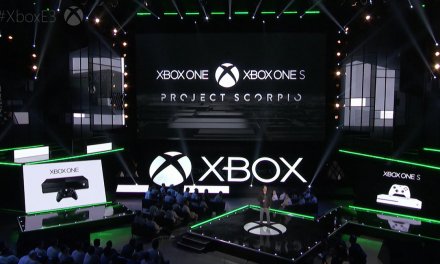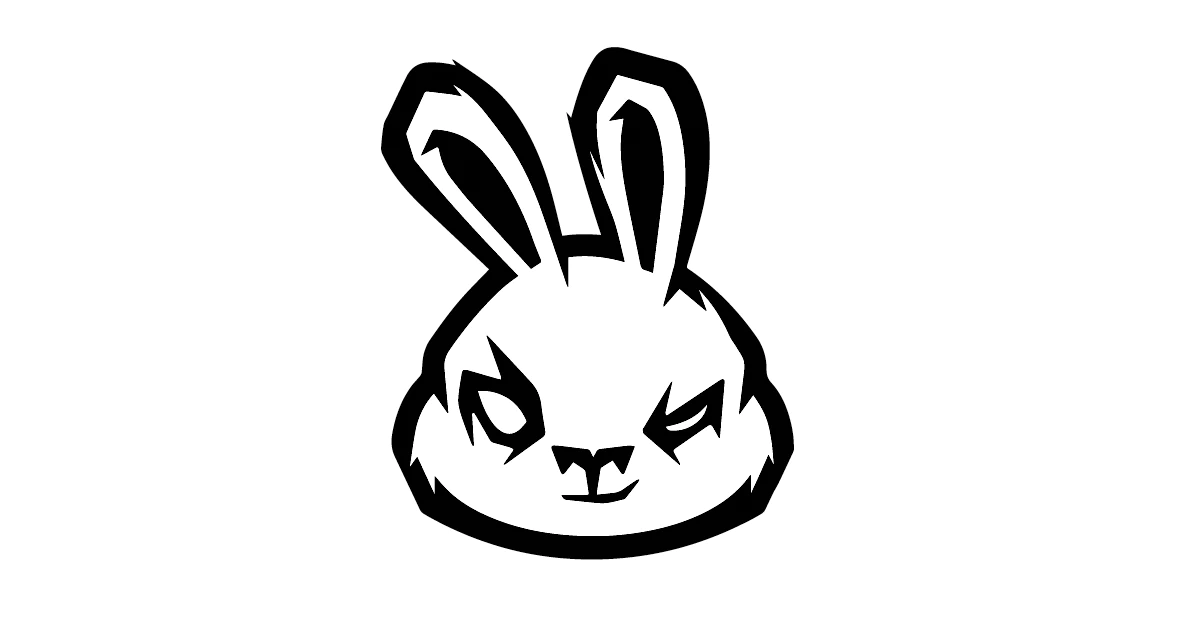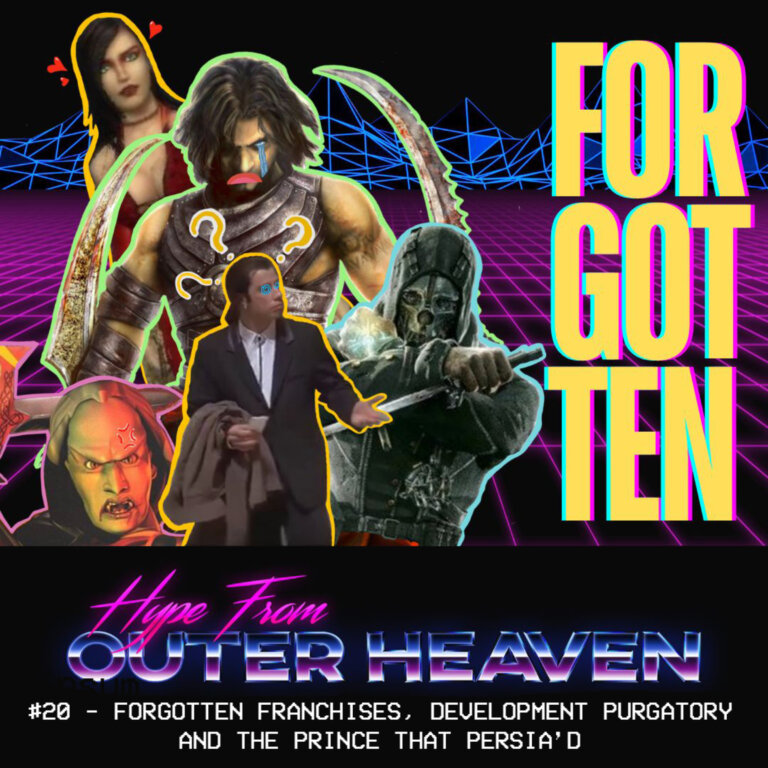The gaming world can at times be one of the most unstable markets to predict; with what may seem revolutionary at the time might not take off for a few years, and what may seem like the next big thing, might end up falling flat on its face. In my Retrograde series I’m going to look into the many past attempts of gaming innovation that tried to make it’s mark in the gaming world; successes, failures, the niche, the hyped, and the releases that were dead by the time they reached the market. Gaming got to where it is today because of these attempts, let’s see how.
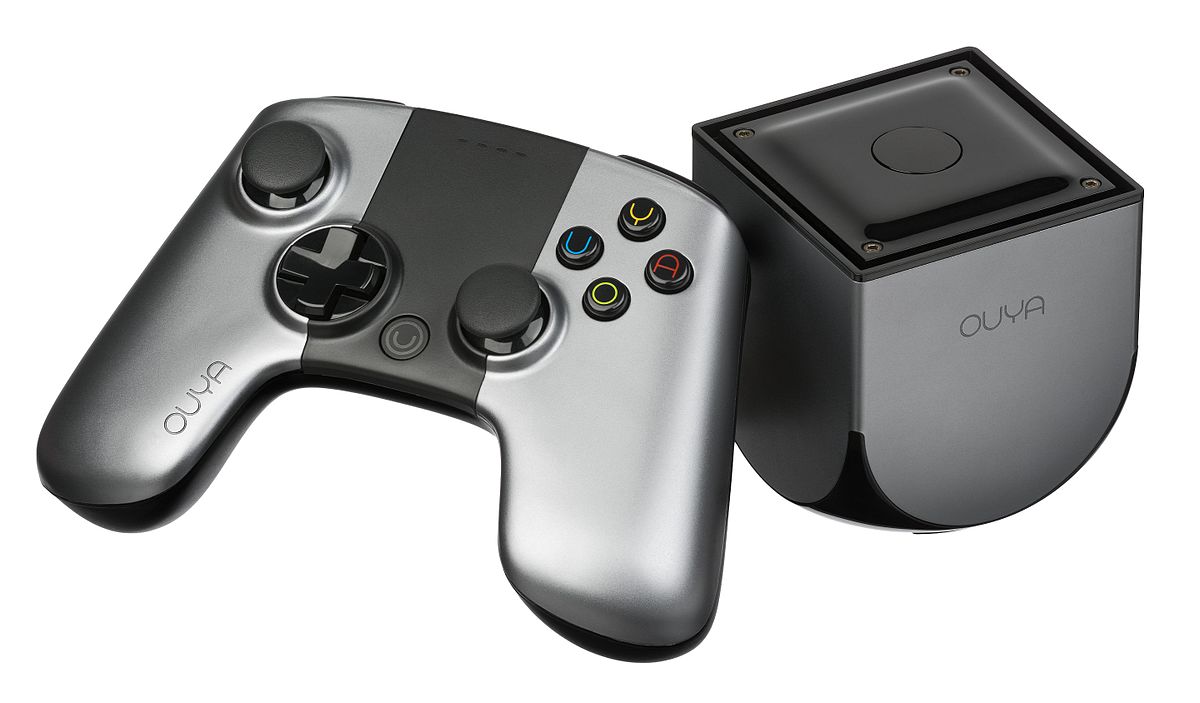
The Ouya was a tiny rubix cube sized box that ran Android and could play hundreds of games that you could download straight away; it only had a target of $950,000 but crowdfunded nearly 10 times that at $8.5million. Indie games were on the rise and this tiny box could run them all, and made it all the more easier for developers to run games on a simple Android based platform. The hype was huge, and when it was released, nothing really happened. The hype train didn’t derail, it just kinda stopped where it remains to this day.
“The Ouya – A new kind of video game console” was touted as – A tiny box that ran Android and played hundreds of indie games. Ouya had copped on to the fact that over the last few years indie games had become a pretty viable market with major titles such as Super Meat Boy, Spelunky, Braid and (although hard to believe it now) Minecraft started out as an indie game too and now a days people are downloading MCPE 1.18.32 on Android with a working Xbox Live. You didn’t need the most powerful hardware and processing power to make or sell games as simplicity was the main selling point of video games again. Why not build a console dedicated to these indie games? Surely it made sense as there was no dedicated platform for Indie developers to showcase their games. You could create such titles for the PS Store or Xbox Marketplace but these weren’t dedicated exclusively to indie market, and those consoles were more expensive. It was billed as a more casual console, not designed to take over your living room, but for simple, casual gaming. The Ouya was developed with these fundamentals in mind, with the crowdfunding going crazy, making the Ouya the 5th highest earning project in Kickstarter history. Kickstarter backers got their console in March 2013, while the general public could buy the Ouya later that year for $99.
And that’s pretty much it. Despite being massively successful it never really took off. It’s difficult to pinpoint what exactly went wrong, but it’s one of those situations where people were super hyped about the idea, but when the idea arrived, people didn’t really know what they wanted in the first place. Yes it played Indie games on your TV and had a wireless controller, but the problem is none of these games were particularly engaging or fun. The more simpler games ran and played fine, but none of them had any holding power. Games that may seem interesting would just be a more simple, budget version of something on a bigger console, and any game that was actually any good was just a butchered version of what you’d find on the stores of PSN and Xbox Live. The idea of ‘casual gamers’ didn’t really make any sense either, as ‘casual gamers’ could already play games on their phone or tablet, and if they really wanted to play casual games they’d no doubt buy a PS4 or Xbox One as recommended by a friend as their respective market places did a lot more games wise. So while it made sense in theory who the Ouya was for, it didn’t really make any sense in practicality. Reviews were generally ‘okay’ with no one really slating the console, but no one really praising it as the TV revolution it was intended to be, and just under 2 years later in July 2015 the Ouya company was bought out by Razor.
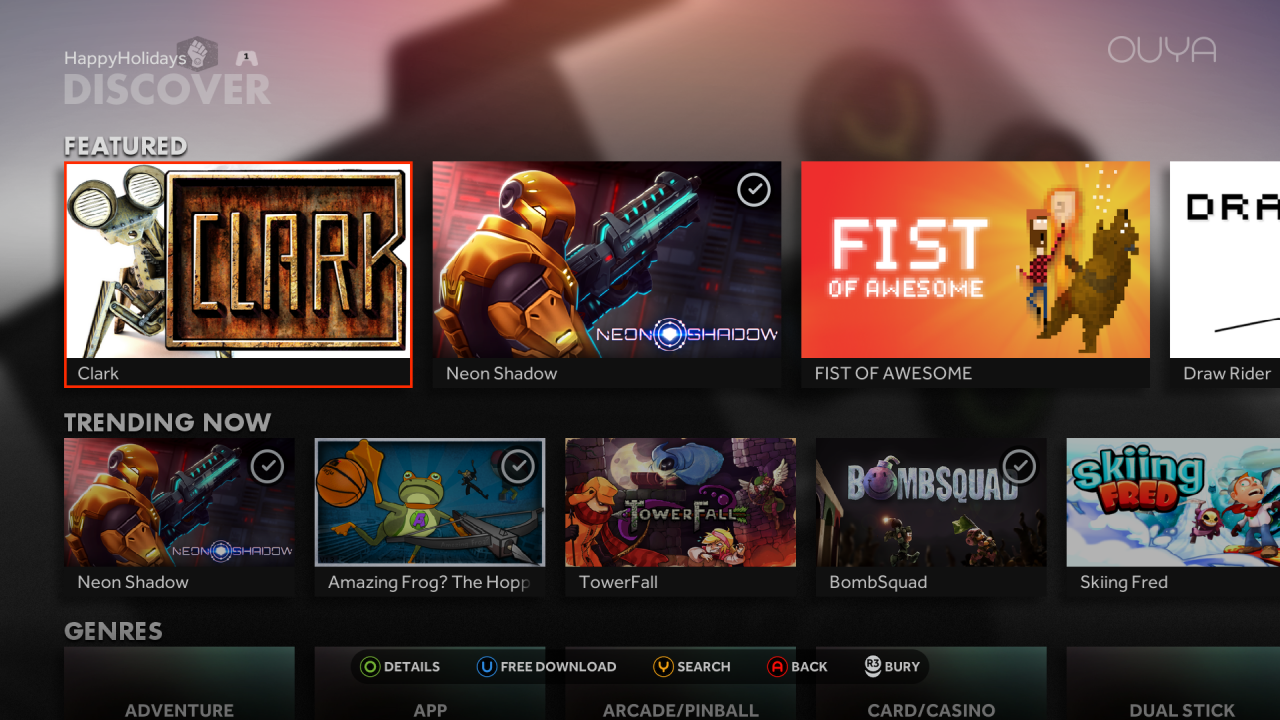
Very few of the Ouya’s games were actually worth playing.
What started out as a £99 micro-console could now be bought for the extremely cheap price of £22 from places like CEX, which prompted a ‘why not’ purchase from myself (I paid £25 at the time of purchase). The Ouya runs Android and I’ve found that over the years Android is one of the best ways to play emulated games from classic consoles. I could plug my laptop into my TV and hook up and Xbox 360 pad but that’s a lot of effort. If I could have an Android box that plays all of my favourite games from classic consoles and some indie games on the big screen for just £25? That’s a bargain right there. I also initially bought the console to kick-start my Retrograde series here at Game Hype, but I’ll put this bluntly: The Ouya has been (quite literally) one of the worst experiences with any console I have ever dealt with, to the point where I took it back the next day.
Let’s start out with the positives. It’s an attractive, minimalist box that feels well built and takes up next to no room. That’s it, that’s honestly the only good thing I can say about the Ouya. I hooked it up and turned it on and was greeted with a welcome screen with the usual options. I thought I’d go download some games but it told me I needed to setup an Ouya account, which seemed pretty annoying as I already had a Google account, couldn’t I just use that? (this is android after all). But no, I had to create a new Ouya account using the on screen menu and it was painful. The controller is so poorly built and plastic-like that none of the buttons have any nice feedback. The D-pad is a mess and I really had to press it down hard to get it where I needed to go; it wasn’t fluid or easy, but I got there in the end. I could finally download games, but this goes back to what I said before, there’s just nothing good on the system. Nothing caught my attention or made me want to play games, they all just looked like budget versions of what I used to play on my Sega Mega Drive. Even then going through the menus is slow, sluggish and takes forever. Eventually I found a few that I wanted to play and eventually got to try them out which resulted in a decent bit of fun to bash about, but nothing I’d remember the week later. All games were presented as free, but this was only a half-truth; all of the Ouya’s games were presented as free but this might be for a limited trial, or one level only, or some way that would stop you from playing the full game. The issue you’d find is that even if you enjoyed a game, you probably wouldn’t drop money for the full version, as they just weren’t that interesting. What’s even stranger is that some of the more well known Android games such as the GTA trilogy weren’t even on the store. I understand it was an Indie console, but why exclude regular Android games when that was the market you were aiming for?
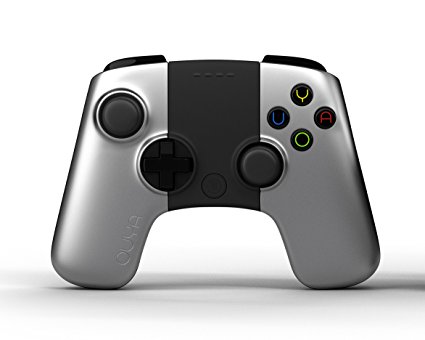
The Ouya’s gamepad is quite possibly one of the worst controllers I’ve ever used.
Even with all this in mind I was still hopeful for the Ouya’s secret weapon – Emulation. However upon immediately seeing the menu screen I knew this wasn’t going to be easy. The Ouya does run Android so it can run all of the usual apps that are available for our smartphones (ones that had controller support anyway) but it doesn’t run standard Android. Instead of, it runs some horrible re-skin, and probably explains why it was so slow on the menus, meaning you don’t have access to the Google Play store from the outset. While it’s possible to install the Google Play Store, it probably wasn’t worth the effort due to the multiple hurdles you’d have to overcome due to Google’s services. Instead it was easier to load the files of the app you want, plug it into the back of the Ouya using its USB ports and install them that way, until you were hit with the next hurdle, as the Ouya has no native file explorer to look at what files were on the memory stick. So I had to go find a file explorer I could download straight onto the device first; I eventually found an APK (Android installation file) for ES file explorer, using the Ouya’s web browser (which like everything else was painfully slow) and was finally able to see what was on the memory stick. I installed some basic Mega Drive and SNES emulators and loaded them up and found out it was all for nothing.
I don’t know why, but there was some serious input lag on every game I played. I tried Super Castlevania and there was a good second between me pressing the button, and the actual jumping, so this pretty much made every single game unplayable, acting as the final nail in the coffin for the only held-out hope I had for the Ouya. I would say in an instant but the time it took me to setup, create an account, download games, setup a memory tick and side-load apps … wasn’t worth it (this goes for side-loaded Android games also). I installed a copy of Grand Theft Auto: San Andreas and there were multiple audio and graphical issues that just made the game unplayable.
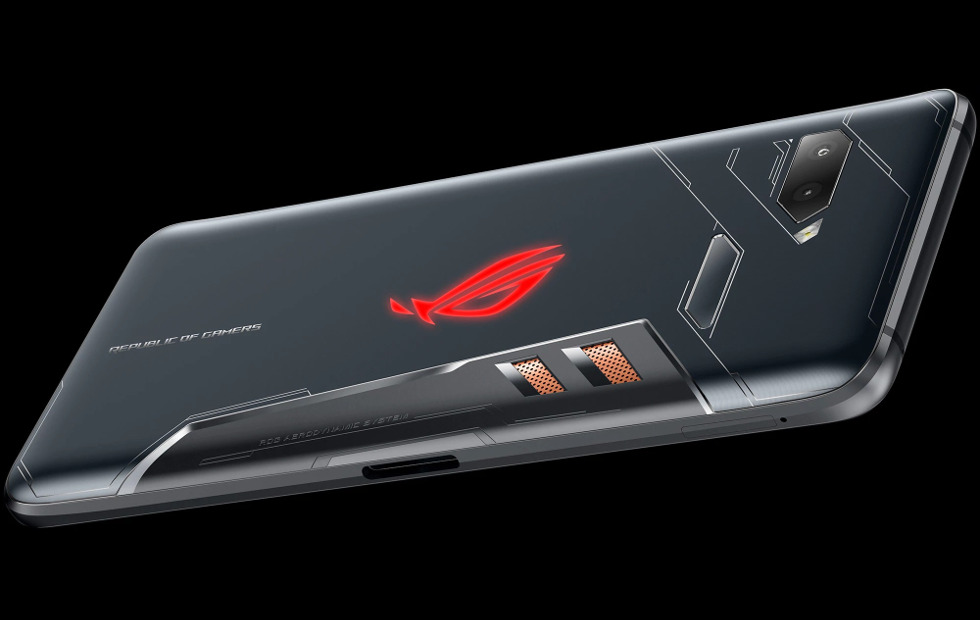
After the Xperia Play, Wikipad, Archos Gamepad, Nvidia Shield, and now the Ouya – Maybe this time ASUS will get it right? Probably not.
As aforementioned, I took my Ouya back the following day. It’s sort of odd that even now I think a basic box running Android could be a popular selling device. There’s a load of Android games that use controller input and the Android system has shown huge potential for games with major titles on the platform such as Telltale’s The Walking Dead, Player Unknown’s Battlegrounds and even a Fortnite release coming soon. In fact when checking over this article before publishing, ASUS announced the ROG phone, a beefy high spec Android based gaming phone with vapor cooling and a controller attachment, another shot at Android gaming. It’s a shame because the idea of the Ouya had so much potential, but was horribly executed. The concentration on Indie titles only and using a slow convoluted menu to download only indie games just killed it. Most of the Ouya’s problems could’ve been avoided if they stuck to running stock Android and gave access to the Google Play Store. I know this wouldn’t have fit the dream of an Indie console, but it would’ve at least been a decently viable way to play basic games on the big screen.

